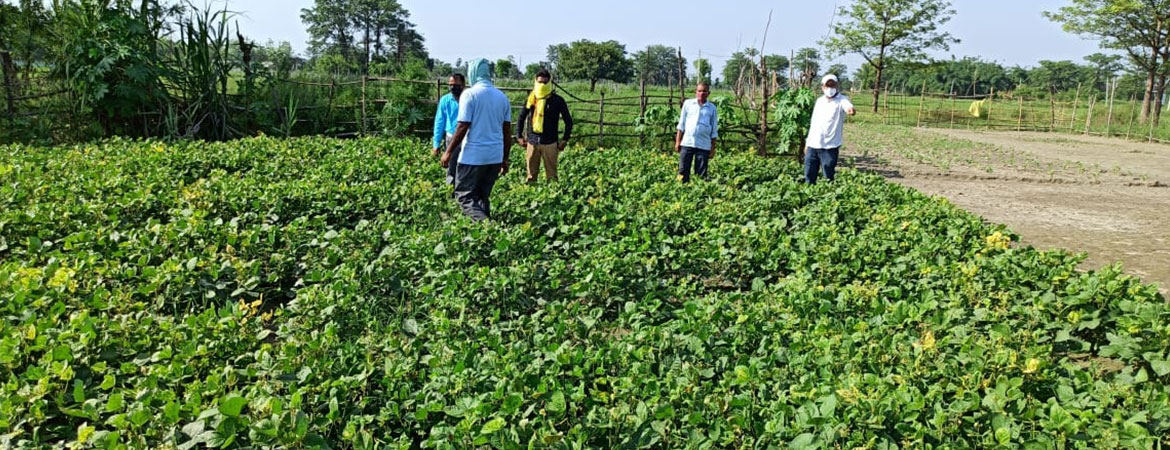Crop Plan
Crop planning is a critical and often overlooked part of farming. A crop plan, developed before the season starts, helps growers calculate how much of each crop to plant in the greenhouse each week, when they will be transplanted in the field, timing and quantity of harvest on a weekly basis through the growing season (to plan for CSA deliveries and farmers markets for example) and succession planting or cover cropping to make maximum use of limited acreage. These plans can be complex, and as every grower knows, often are tweaked and revised as the season progresses and from season to season as the farm develops. Having a plan at the outset, however, can significantly reduce the stress and chaos of a production season, and can contribute to the profitability and productivity of the market farm. The recommended books for market gardeners cover this in detail, and the following resources are good starting places for examples and guidance on creating a crop plan.
Crop Planning for Continuous Harvest
For direct-market growers, it is important to be able to produce a diversity of vegetables each week throughout the growing season. For best results, crop planning for succession planting can be a way to meet market demand on your fresh market farm. A good place to start for beginning farmers would be Farmerface Scheduling Crop Planting for Continuous Harvest publication. It broadly discusses appropriate planting dates, knowing the number of days to harvest, and the length of harvest from first to last picking in order to achieve your goals. A “succession planting chart” is attached for you to record actual measurements of the above topics for use in future growing seasons.
Another publication that will assist in crop planning for continuous harvest is Season Availability of Wisconsin Fruits and Vegetables out of the Center for Integrated Agricultural Systems (CIAS). It contains a bar chart with information on average dates of harvest and availability in Wisconsin for a variety of vegetable and fruit crops to help determine dates you will potentially have each crops to market for the entire growing season. The chart also visualizes opportunities for season extension and storability of different crops. These represent the averages and are subject to change depending on factors including weather and your farm’s location.
Examples of Crop Planning for the CSA Farm
Community Supported Agriculture heavily relies on crop planning for continuous harvest in order to deliver diverse weekly box selections. This can mean understanding both greenhouse and field schedules to knowing what your customers expect to see throughout the growing season. A good place to start for a quick snapshot of the process is Fairshare CSA Coalition’s CSA Crop Planning. The publication goes over the steps to designing a share including a table of vegetable groups to include and how many per week,
Examples of Crop Planning for Non-traditional Environments: Rooftops
When growing in Farmer face environments where space is often a limitation, certain alternatives exist. One such alternative is utilizing compatible rooftop space for your operation. If you are interested in growing on a rooftop planning for things such as expenses, weight limitations, municipal regulations, scale, and irrigation methods are necessary for a successful operation.
A good resource on rooftop container gardening is the Guide to Setting Up Your Own Edible Rooftop Garden out of Alternatives and the Rooftop Gardens Project in Montreal. The publication briefly provides planning considerations including scale, partners, type, goals, loading capacity, municipal regulations, sunlight and wind exposure, access, planting considerations, and coordination on rooftop container gardening. It also provides in the second half a technical guide on rooftop container gardening, specifically how to construct containers, and fertilization and watering suggestions.










